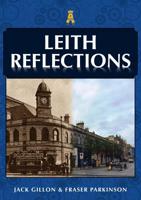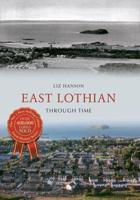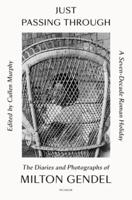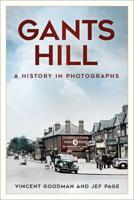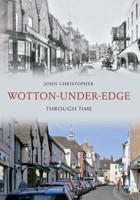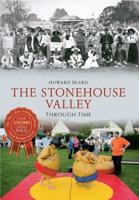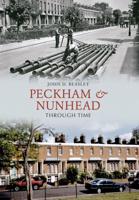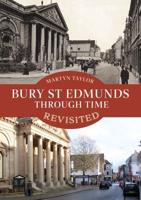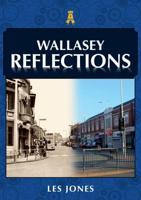Publisher's Synopsis
Clydebank's development was inextricably linked to the rise of its industries in the late nineteenth and early twentieth centuries, among them Singer's sewing machine factory, the Kilbowie Iron Works, and John Brown's shipyard. Homes were needed for the workers and before long tenements stretched right along Dumbarton Road and Glasgow Road with new streets laid out, including Belmont Street, Alexander Street and Hume Street. So much housing was being built that the place became known as the 'risingest burgh'. All this was cruelly halted by the 1941 Blitz, which killed over 600 people and smashed the town. Today the contrast between Clydebank 'then' and Clydebank 'now' is stark. This book features 31 views from decades past accompanied by their modern equivalents.



